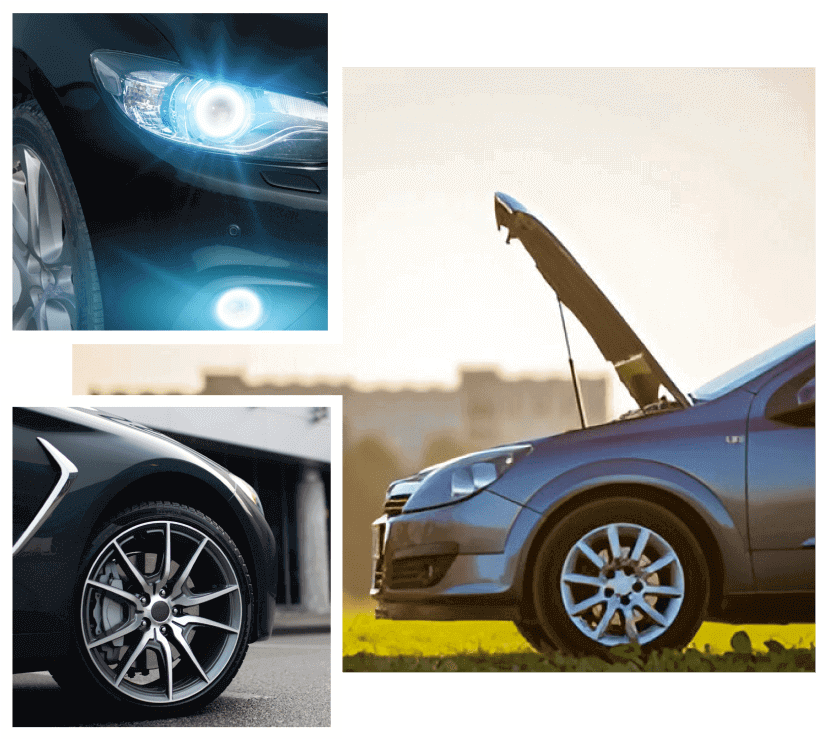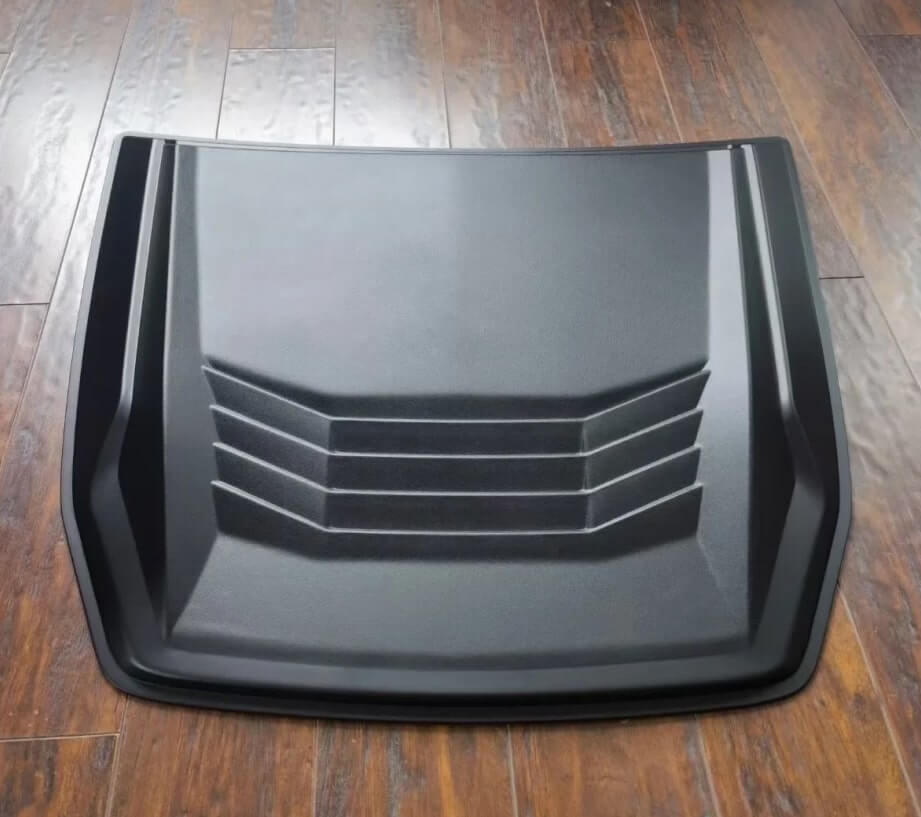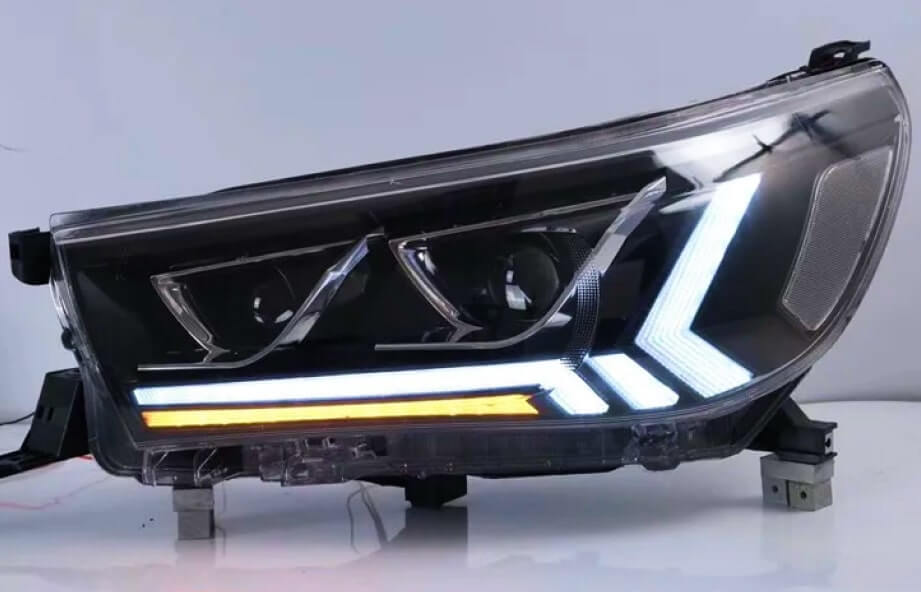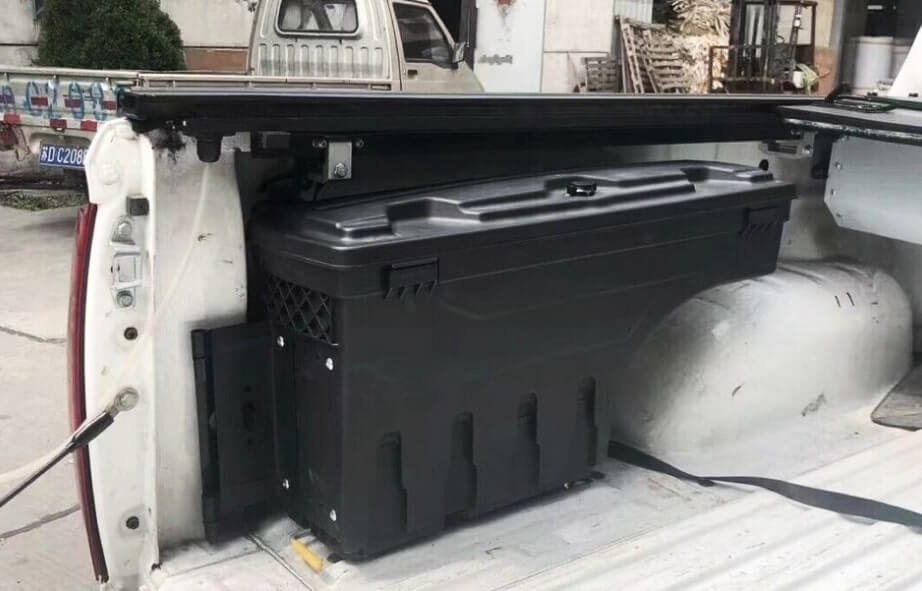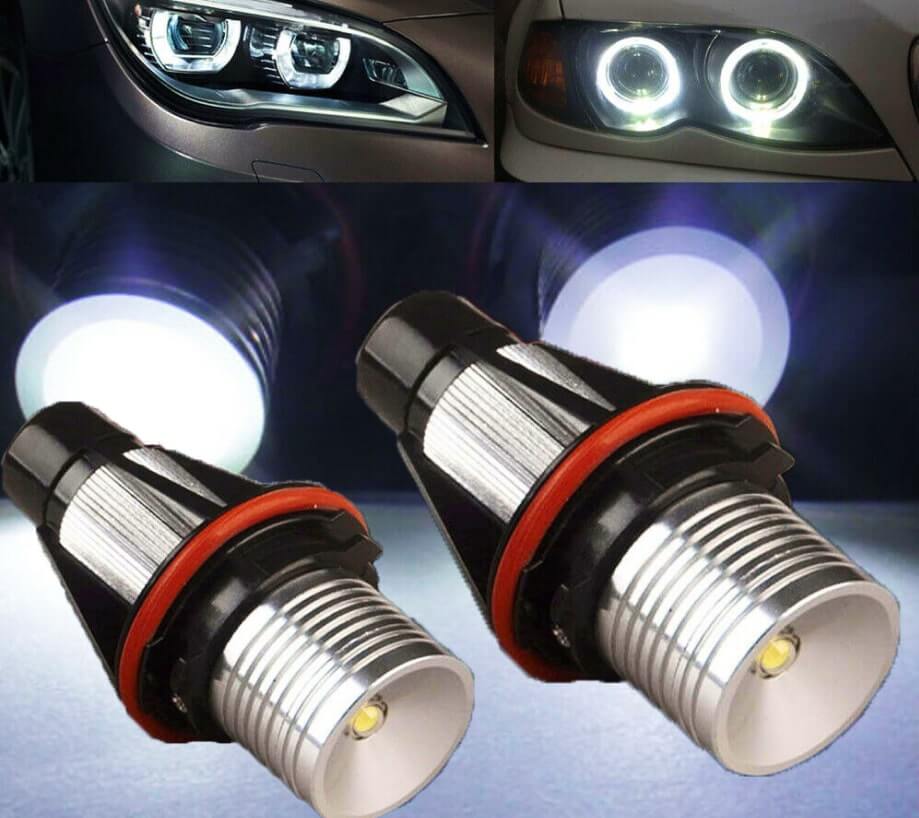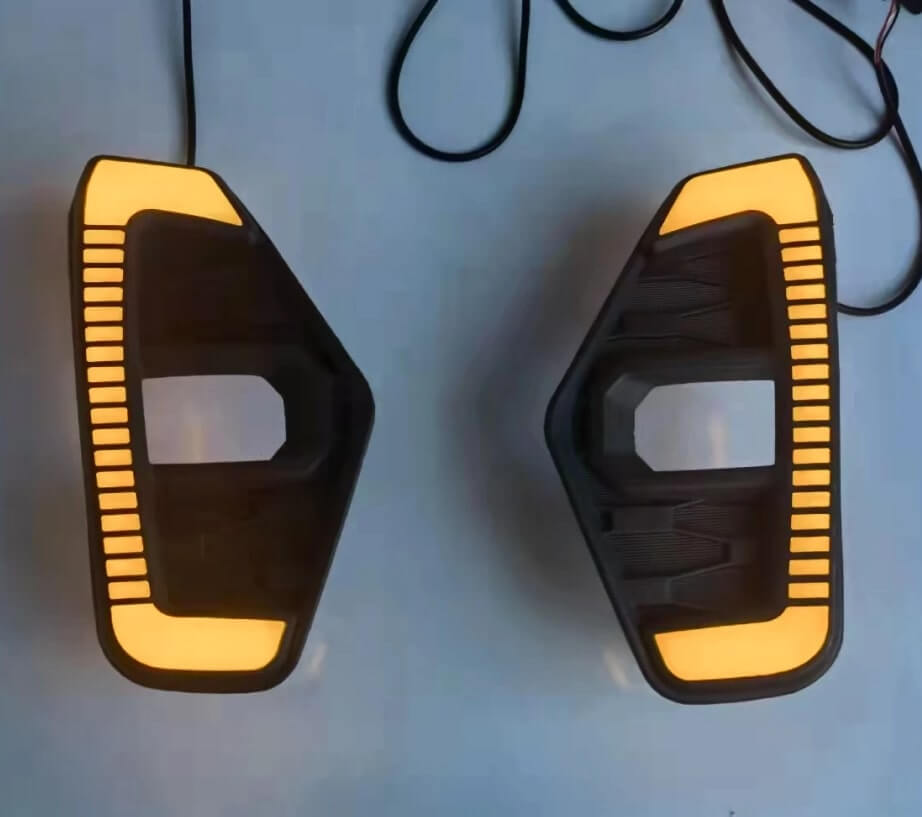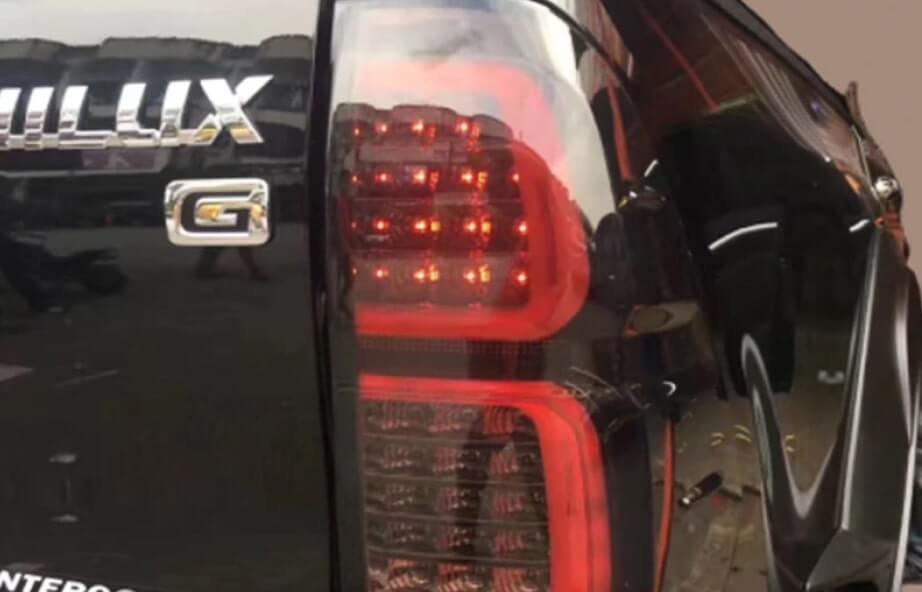 Admin
Admin
A cracked bumper can spoil the look of any car, and if it is serious, it can also affect the structural integrity of the vehicle, making it less collision resistant. A cracked bumper is generally caused by a collision during driving or parking. The rear bumper can collide with an obstruction while reversing a car, while the front bumper can get damaged in a head-on collision. Getting a cracked bumper does not mean that you have to replace the entire bumper. The bumper can be repaired and mended if the crack is not severe. In this blog, we will explain in detail how to repair a cracked bumper. Stepwise Method for Repairing a Bumper A cracked car bumper sends a negative impression to any onlooker, and it should be mended as soon as possible. However, if you have a cracked bumper, repairing is a much cheaper option than spending a lot of money replacing it. The method of mending a cracked bumper is quite easy, so let us see the stepwise process of repair Analyze the Damage This involves unattaching the bumper from the car body and examining it from various angles to see how big is the crack. Look at it closely to see if there are multiple cracks or just one crack. By looking at the damage closely you can assess the severity of the damage and come to a solid conclusion on whether the bumper should be mended or replaced. Mask off the Body Panels Mending a bumper involves sanding, drilling and painting and this can affect the color of the surrounding body panels so the body panels near the bumper should be covered with a sheet of cloth to shield it from paint spills and damage frm a drill. Drill the Crack Precisely Next you should drill the area where the crack has occurred. Drill two holes on either end of the crack. The hole diameter should be 6mm. These holes will prevent the crack from expanding further in length. Grind the Bumper for Better Bonding Bonding and gluing requires a large area. To do this, you should grind the bumper to make a V-shaped groove on the front side of the bumper where the crack has occurred. The v shape can be made by using a knife or grinder. The grinder is better as it completely remove plastic residue from the surrounding area and is more precise. Sanding of the Damaged Portion After the v-shape has been carved in the damaged part of the bumper you should sand it with an abrasive paper. The abrasive material should be of a medium grit. Sanding is really useful in facilitating efficient adhesion sonce the sanding process creates micro abrasions on surface that makes the paint and glue set on the surface better. Apply Plastic Adhesion Promoter Before you rub the adhesive on the damaged surface, prime the bumper surface with a plastic adhesion promoter. Without covering the surface with this chemical, the glue will not set correctly. The adhesion should be thoroughly sprayed on the backside and front side of the cracked area for a flawless setting of the glue which is to be deposited in the next step. Dab Epoxy on Both Sides This is the most important step so it should be done with utmost attention to detail. You should start applying epoxy from the back side. For efficient coverage use a spreader to completely cover the surface with the epoxy. Once the back side is covered repeat the process for front side of the bumper. Sanding for Preparation Wait for the epoxy to completely dry out before embarking on this step. After this sand the portion to which the epoxy had been applied. This is to create a smooth surface. A smooth texture enables the body filler to stick better as it provides more grip. At this stage you will feel the cracked area as a depression on the otherwise smooth surface. Body Filler Application Once you have sanded the surface you just have to pour the body filler and apply it evenly on the damaged portion. The application should be done carefully. Make sure to follow the curvature of the bumper. After the body filler dries out, gently sand the area to prepare the surface for painting. Painting Lastly apply the paint to the plastic bumper for final finishing. Wrap the adjacent body panels of the car near the bumper. Then start spray painting. The painting process begins with applying a primer coat. After that is dried a coat of base color is applied. Conclusion The cracked rear bumper is easily repaired if attacked systematically. All this can be acquired by obtaining the appropriate tools, cleaning the damaged area, using the right type of adhesive or filler, sanding over to achieve a smooth finish, and painting to acquire a complete shined look, making your bumper regain its good looks and functionality. However, it should be kept in mind that serious cracks cannot be fixed with this method and complete bumper replacement is needed. This involves unscrewing the bumper. With patience this can be accomplished easily.















